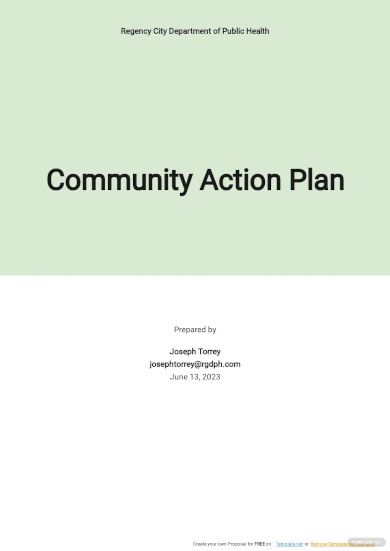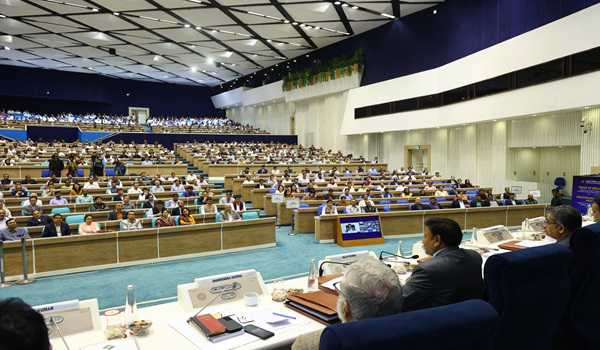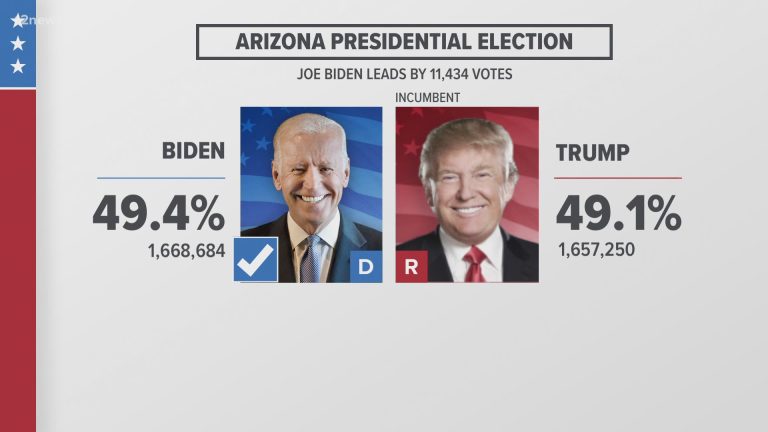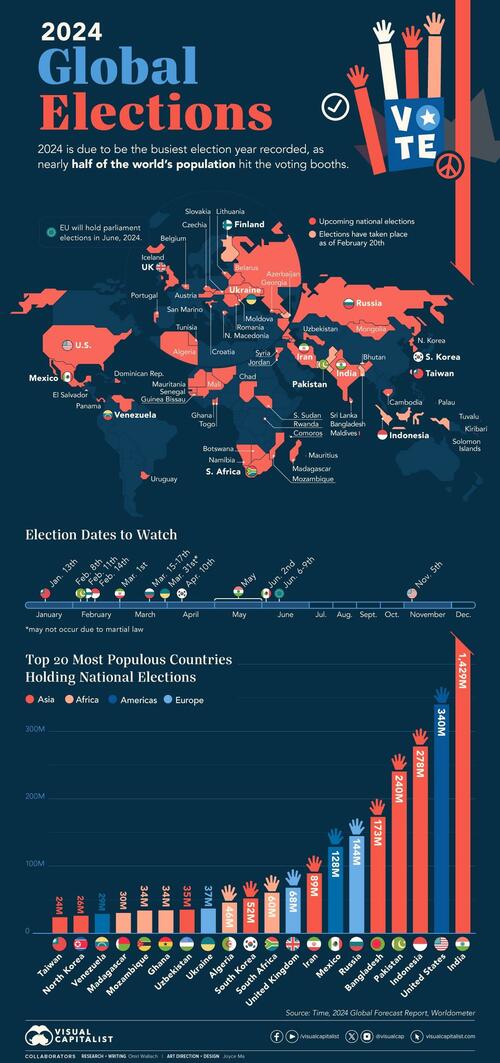
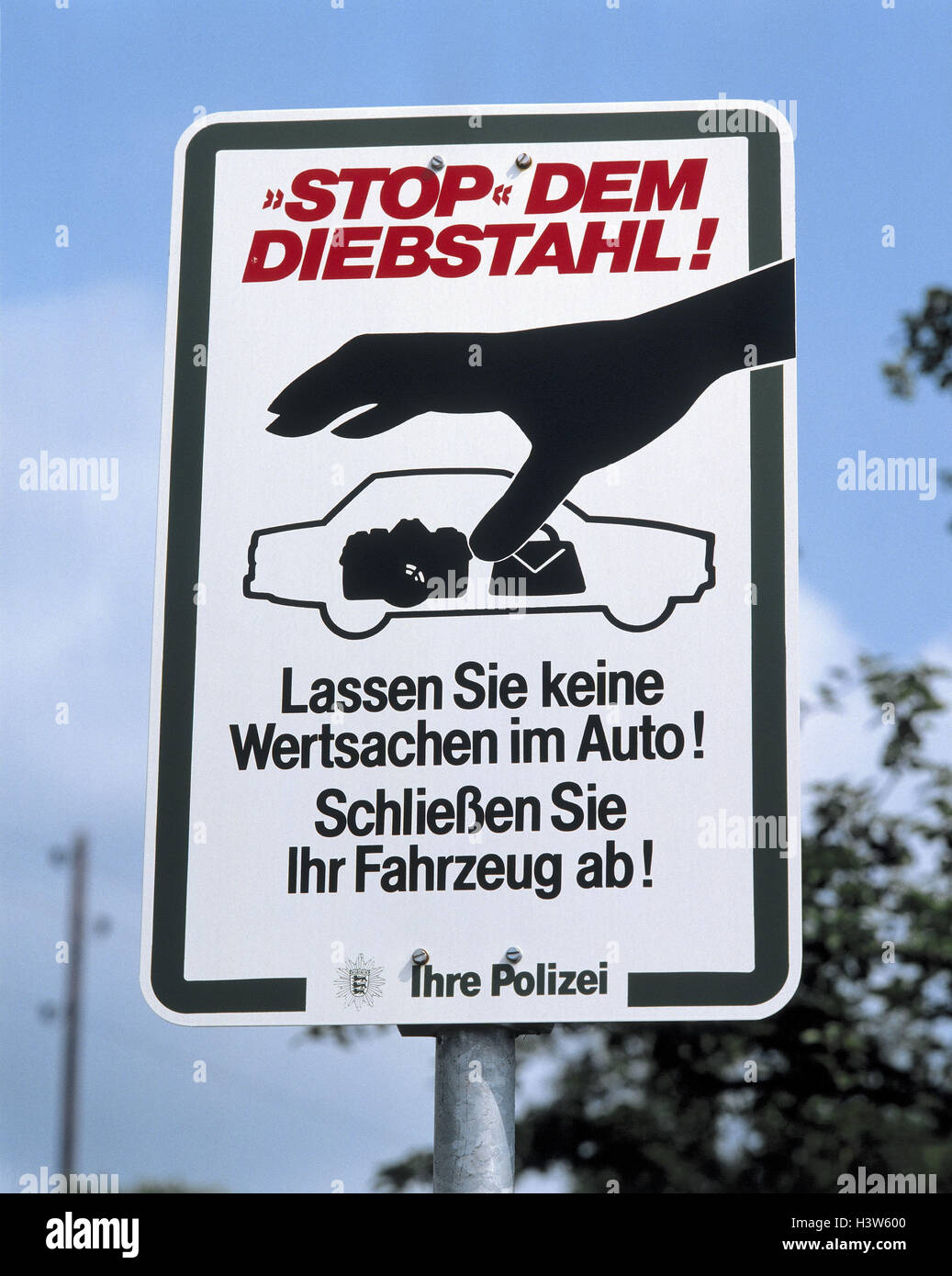
Stop the Steal 2.0: Your Action Plan for the Upcoming Election
The 2024 election looms, and with it, a renewed focus on ensuring fair and transparent voting practices. While “Stop the Steal” has become a controversial phrase, the underlying sentiment – a desire for election integrity – resonates with many. This isn’t about partisan politics; it’s about safeguarding the democratic process. This guide offers a proactive, action-oriented approach to promoting election integrity, regardless of your political affiliation. We’ll move beyond reactive outrage and delve into constructive strategies for positive change.
Phase 1: Pre-Election Vigilance – Laying the Foundation
This phase focuses on preparation and proactive engagement. It’s about equipping yourself with knowledge and building a network of like-minded individuals dedicated to transparent elections.
1. Become an Informed Citizen:
- Understand your state’s election laws: Know your voter registration deadlines, acceptable forms of ID, absentee ballot procedures, and how to challenge irregularities. (Links to your state’s election website should be included here – this will need to be customized per state for optimal SEO.)
- Debunk misinformation: Learn to identify and counter false claims about voting machines, election fraud, and voter suppression. Reliable sources like the National Conference of State Legislatures (NCSL) and the U.S. Election Assistance Commission (EAC) are invaluable.
- Familiarize yourself with election technology: Understand the basics of voting machines and electronic poll books. Knowledge is power in challenging potential issues.
2. Join the Watchdog Network:
- Local Election Officials: Contact your county election office and inquire about volunteer opportunities. They often need poll watchers and election integrity monitors.
- Non-partisan organizations: Numerous non-profit organizations focus on election monitoring and voter education. Research and support groups aligning with your values.
- Community engagement: Discuss election integrity with friends, family, and community members. Encourage informed participation and critical thinking.
Phase 2: Election Day Engagement – Active Participation
This phase centers on actively participating in the election process, ensuring a smooth and transparent voting experience.
1. Become a Poll Watcher:
- Training: Many organizations offer training on observing polling places and reporting potential irregularities.
- Observation: Document any observed issues, such as long lines, machine malfunctions, or voter intimidation.
- Reporting: Know the proper channels to report concerns to election officials and relevant authorities.
2. Promote Accessible Voting:
- Volunteer for voter registration drives: Help ensure everyone has the opportunity to register and vote.
- Assist voters with disabilities: Offer support to those who require assistance at the polls.
- Combat voter suppression: Report any instances of voter intimidation or attempts to restrict access to the ballot box.
Phase 3: Post-Election Accountability – Ensuring Transparency
This phase focuses on accountability and ensuring transparency in the post-election process.
1. Monitor the Count:
- Public Observation: Many jurisdictions allow public observation of the vote counting process. Attend if possible and document the process.
- Data Analysis: Use publicly available data to track vote counts and identify potential discrepancies. (Link to relevant data sources here.)
- Media Literacy: Critically assess news reports and social media posts related to election results.
2. Challenge Irregularities (Legally):
- Due Process: Understand the legal processes for challenging election results and reporting irregularities.
- Evidence-Based Claims: Any challenges must be based on concrete evidence and follow established legal procedures.
- Legal Counsel: Seek legal advice if you believe significant irregularities have occurred.
Action Plan Summary Table:
| Phase | Action | Resources | Goal |
|---|---|---|---|
| Pre-Election | Learn election laws | State election website, NCSL, EAC | Informed participation |
| Join watchdog groups | Local election office, non-profit orgs | Network for election integrity | |
| Election Day | Poll watching | Training organizations | Smooth and transparent voting experience |
| Promote accessible voting | Volunteer opportunities | Increased voter participation | |
| Post-Election | Monitor the count | Public data sources | Transparent vote counting process |
| Challenge irregularities (legally) | Legal counsel | Accountability and fair election outcome |
Conclusion:
Securing election integrity is a continuous process, not a one-time event. By engaging proactively in all three phases, we can work collectively to build a more robust and transparent electoral system. This isn’t about “stopping the steal” – it’s about strengthening our democracy. Let’s focus on positive action and constructive engagement to ensure fair and accurate elections.
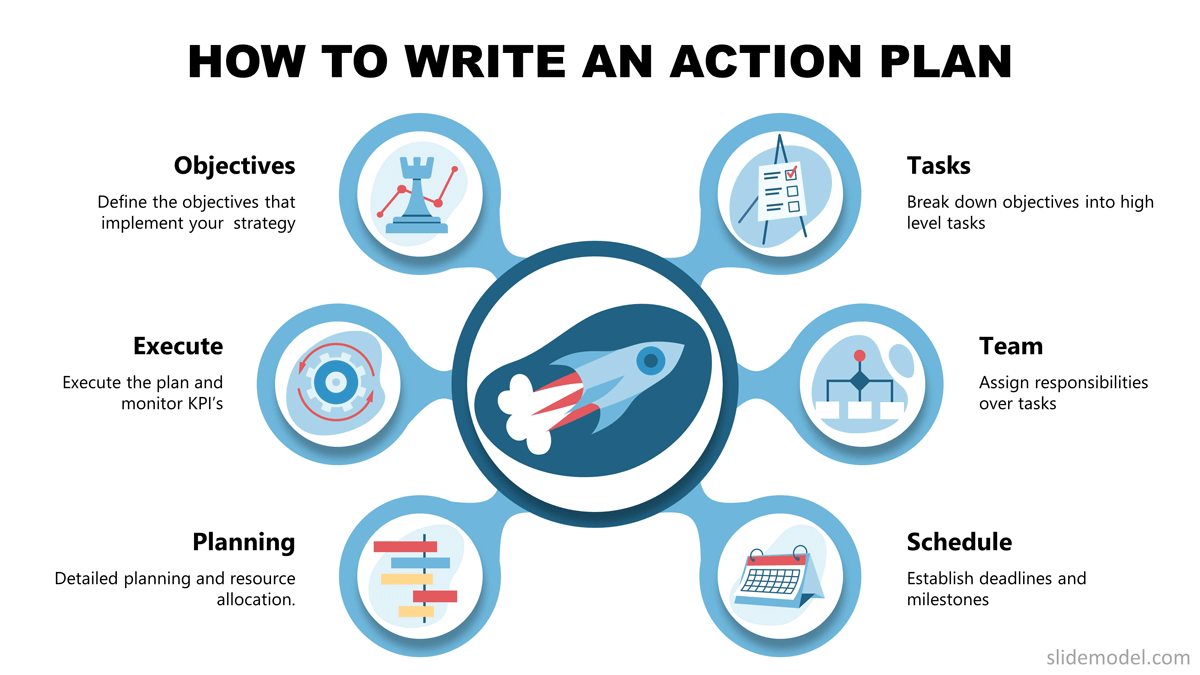
Additional Information
Stop the Steal 2.0: A Deeper Dive into the Dynamics of Election-Related Misinformation
The purported “Stop the Steal 2.0” movement, while lacking a formally organized structure like its 2020 predecessor, represents a significant threat to the integrity of future elections. Analyzing its potential impact requires moving beyond simplistic labels and engaging with the complex interplay of factors fueling its rise and potential consequences.
1. Evolution of Disinformation Tactics: Unlike the 2020 iteration, which largely focused on unsubstantiated claims of widespread voter fraud, “Stop the Steal 2.0” is likely to employ more sophisticated and nuanced strategies. This includes:
- Localized targeting: Instead of broad, national claims, disinformation campaigns might concentrate on specific localities deemed vulnerable due to close election results or demographic factors. This allows for more impactful micro-targeting of narratives tailored to resonate within specific communities. For example, false claims about irregularities in absentee ballot processing could be amplified in counties with high absentee voting rates.
- Emphasis on procedural irregularities: Rather than outright fraud accusations, the focus might shift to questioning the legitimacy of election procedures – allegations of biased poll workers, faulty voting machines, or inadequate oversight. This approach is arguably more insidious as it undermines public trust without directly alleging criminal activity.
- Exploitation of social media algorithms: The 2020 experience highlighted the role of social media platforms in amplifying false narratives. “Stop the Steal 2.0” will likely leverage advanced algorithmic manipulation to circumvent content moderation efforts, reaching broader audiences with targeted misinformation. This includes using obscure hashtags, coded language, and memetic imagery to spread narratives organically.
- Infiltration of legitimate civic groups: Attempts to infiltrate and manipulate legitimate civic engagement organizations – voter registration drives, poll worker recruitment efforts – could undermine electoral processes from within. This approach allows for the spread of misinformation under a cloak of legitimacy.
2. The Role of Political Polarization: The highly polarized political environment in the US provides fertile ground for the spread of such narratives. Research consistently demonstrates that individuals are more likely to accept information confirming their pre-existing beliefs, a phenomenon known as confirmation bias. This makes audiences susceptible to narratives aligned with their political affiliations, regardless of factual accuracy.
3. The Impact on Voter Turnout and Trust: The spread of election-related misinformation can have a significant chilling effect on voter participation. Individuals who believe the election process is rigged or manipulated may become disillusioned and disengaged, leading to decreased turnout. Furthermore, it erodes public trust in democratic institutions, creating a climate of suspicion and distrust that undermines the legitimacy of election results, regardless of their accuracy.
4. Case Studies and Statistics: While concrete data on “Stop the Steal 2.0” is still limited, analyzing past incidents provides valuable insights. Studies on the impact of the 2020 election misinformation campaigns demonstrate significant correlations between exposure to false narratives and beliefs about election fraud (e.g., research from the MIT Election Lab). Future research will be crucial in tracking the spread and impact of this evolving threat.
5. Mitigation Strategies: Addressing the threat posed by “Stop the Steal 2.0” requires a multi-pronged approach:
- Strengthening election security and transparency: Improving election infrastructure, enhancing cybersecurity measures, and increasing transparency in election processes are essential in mitigating concerns about fraud and irregularities.
- Media literacy education: Equipping citizens with the skills to critically evaluate information and identify misinformation is crucial in combating the spread of false narratives.
- Platform accountability: Social media platforms need to improve their content moderation policies and algorithms to prevent the amplification of election-related misinformation.
- Promoting fact-checking and accurate information dissemination: Independent fact-checking organizations and credible news sources play a vital role in countering false narratives and providing accurate information to the public.
In conclusion, understanding “Stop the Steal 2.0” requires a nuanced analysis that goes beyond simple categorization. Its potential impact hinges on the sophisticated evolution of disinformation tactics, the ongoing political polarization, and the resulting erosion of public trust in democratic processes. Proactive measures addressing these factors are crucial to safeguarding the integrity of future elections.
